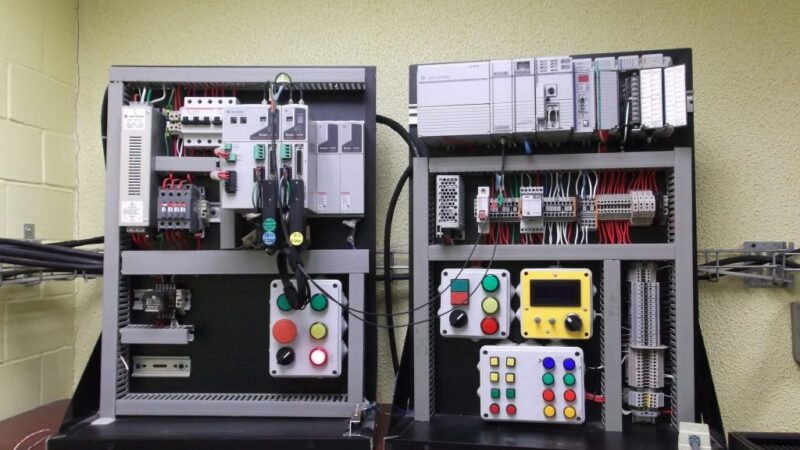Prime advantages of merger and acquisition (M&A)
To gain an edge over their competition, companies frequently merge and acquire each other. This helps them to combine their assets and pool in their market shares. Earlier, Anand Jayapalan spoke about how business merger or acquisition presents a competent strategy for company expansion and new revenue streams that can improve bottom-line profitability. The overall advantages of merger and acquisition (M&A) are many, including:
- Economies of scale: In many cases, the end goal of a merger and acquisition is to effectively realize economies of scale and greater economic gains. This becomes possible when two companies involved in the M&A are stronger, as well as more productive and efficient together than apart. Businesses ideally consolidate with the aim of reaping benefits like lower costs resulting from high volume production, better bargaining power in the market, and increased access to capital.
- Economies of scope: The benefits of mergers and acquisitions often include economy of scope, which ideally implies to the reduction in production expense of one product owing to the production of another related product. One product supports another to reduce overall costs. Economies of scope generally take place when producing greater products is way more economical and practical than just making a single or fewer products. In many situations, M&A results in economies of scope that might not be possible to achieve through organic growth.
- Competitive edge in the market: M&A can result in greater financial strength for both companies involved in the transaction. Having better economic power can lead to better market share, reduced competitive threat, and more influence over customers. In most situations, larger companies are way harder to compete against.
- Access to the best talent: For companies desiring to excel in the market, talent acquisition tends to be among the prime concerns. It is a widely known fact in the recruitment industry that talented employees are attracted to big names. This invariably implies that the bigger a company is, the better access shall it have to the best available talent. This trend is evident across several industries.
- Access to resources: With the help of acquisitions, businesses in the same sector at times enjoy better access to materials, suppliers, and tangible resources. For instance, a business may acquire or merge with one of its suppliers for the purpose of improving production cycles and enjoying guaranteed access to critical materials.
- Diversification of risk through portfolio divergence: With mergers and acquisitions, companies enjoy the benefit of spreading their risk across different revenue streams. They can do so with the diversification of the products, services, and prospects for the business. Hence, in case one revenue stream falls short, the business shall still have multiple other income streams to fall back on. Diversification of risk is instrumental in enabling companies to ensure sustainability in the long run.
Earlier, Anand Jayapalan had underlined that M&A does present a relatively budget-friendly alternative to starting from scratch for many businesses. After all, buying machinery and equipment, setting up production centers, initiating distribution channels, and building storage places can be pretty costly. Merging with a company that already has the needed facilities in place is much more affordable.






